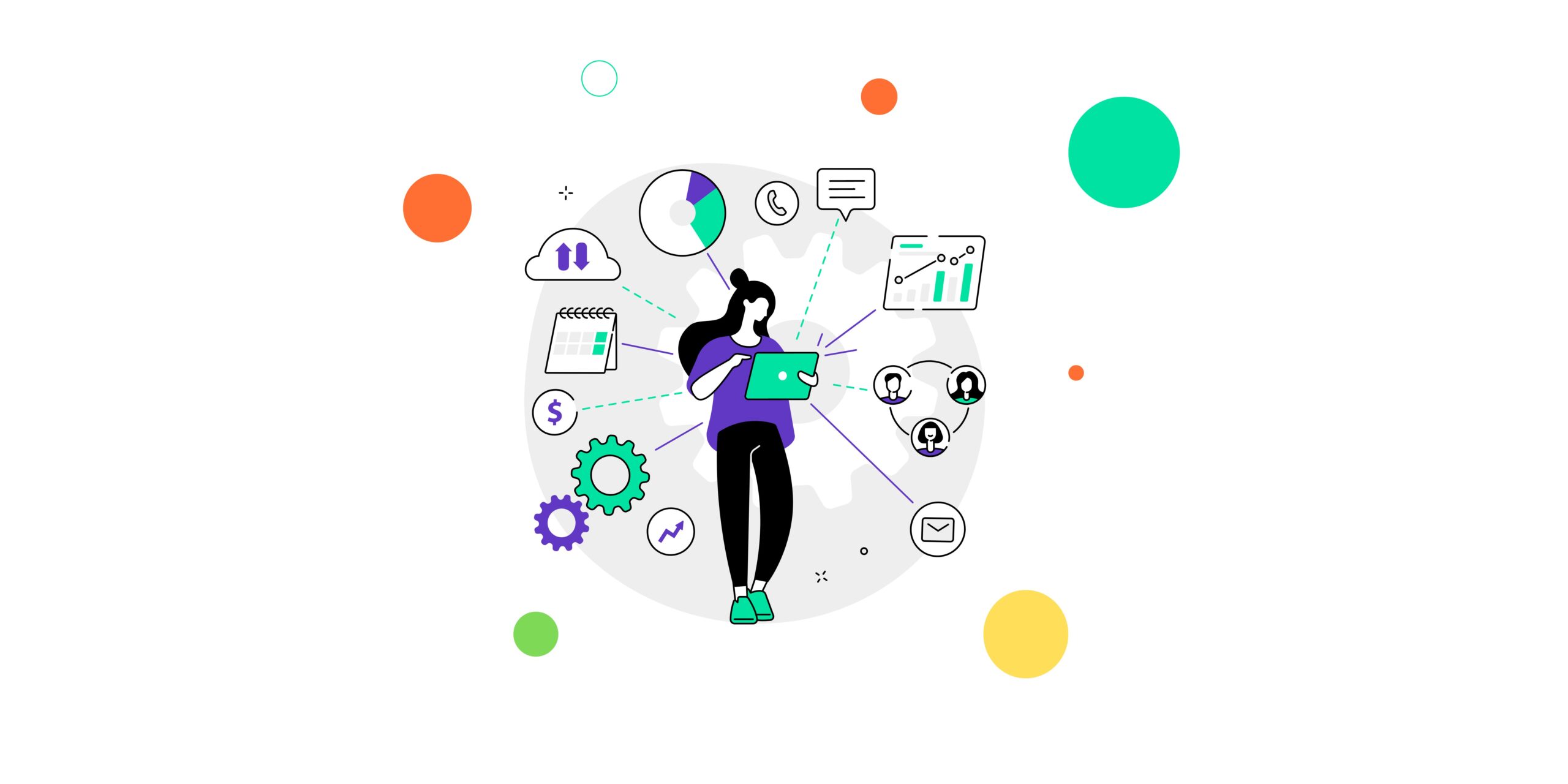The world of websites is constantly evolving, and emerging technologies have a significant impact on how we design, create, and interact with websites. In this article, we’ll explore some of the most promising new technologies that have the potential to transform the way we browse the internet and build websites.
Augmented Reality (AR) browsing
Augmented Reality, or AR, is a technology that blends the virtual world with reality. While it’s not yet prevalent in web browsing, it holds immense potential. With AR, we can imagine browsing websites in an entirely new way. Instead of scrolling through a screen, we can use AR glasses to display content directly in our field of view.
Voice interaction
Virtual assistants like Siri or Google Assistant have become a part of our lives. Now, this technology is evolving towards more advanced interactions with websites. More and more websites allow voice commands for navigation and actions on the site. This makes accessing information easier, especially in situations where a keyboard or touchscreen is not practical.
Offline internet browsing
The development of Progressive Web Apps (PWAs) enables internet browsing even when there’s no internet connection. PWAs combine the advantages of mobile apps and traditional websites, allowing users to access them offline. This is particularly important in areas with poor connectivity or for users who want to conserve data usage.
Blockchain and online security
Blockchain technology, known primarily for cryptocurrencies, also finds application in web development. Blockchain can enhance the security of online transactions while providing transparency and data protection for users. It’s a crucial step towards a more secure online environment.
Artificial Intelligence (AI) in web design
AI already plays a significant role in content personalization on websites. AI algorithms analyze user data to deliver personalized content and recommendations. In the future, AI may also assist in website design, adapting the look and layout of a site to user preferences.

Advancements in responsiveness
The increasing variety of devices and screens necessitates even more responsive web design. Technologies like Fluid Typography and CSS Grid give designers greater control over layouts and content adaptation to various screen sizes.
Minimalist design and speed optimization
As the volume of online content grows, minimalist design and speed optimization become increasingly important. Users expect fast access to content, and websites must be designed to minimize loading times.
In conclusion, the future of web development looks promising, with new technologies reshaping how we use the internet. AR, voice interactions, PWAs, blockchain, AI, and other innovations introduce a new dimension to web design and user experience. For web designers and developers, this presents both challenges and an exciting journey into a world of new possibilities and creativity.
Let’s Build Something Great
Ready to discuss your project or potential partnership?

